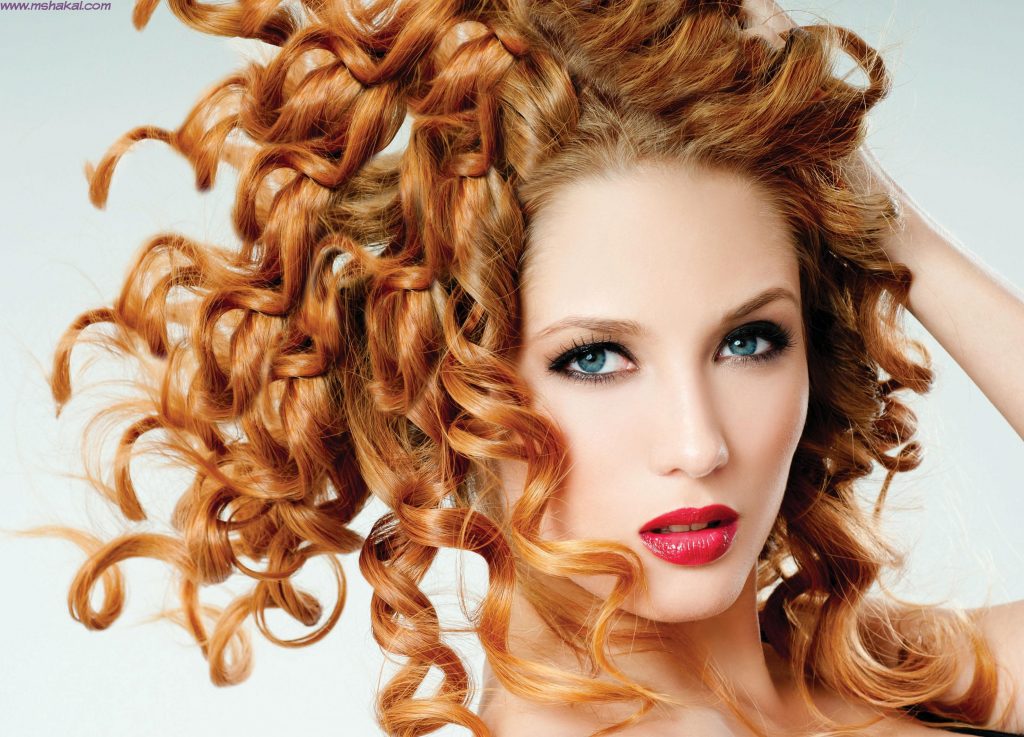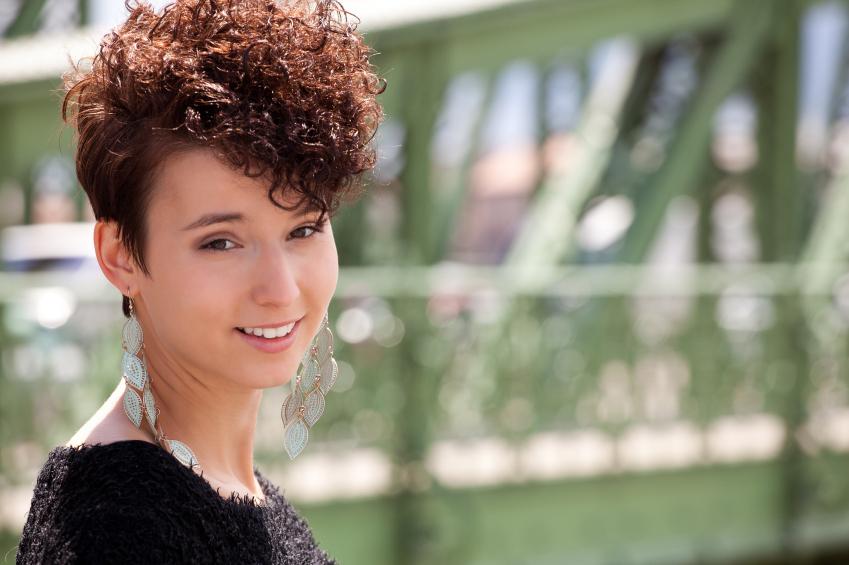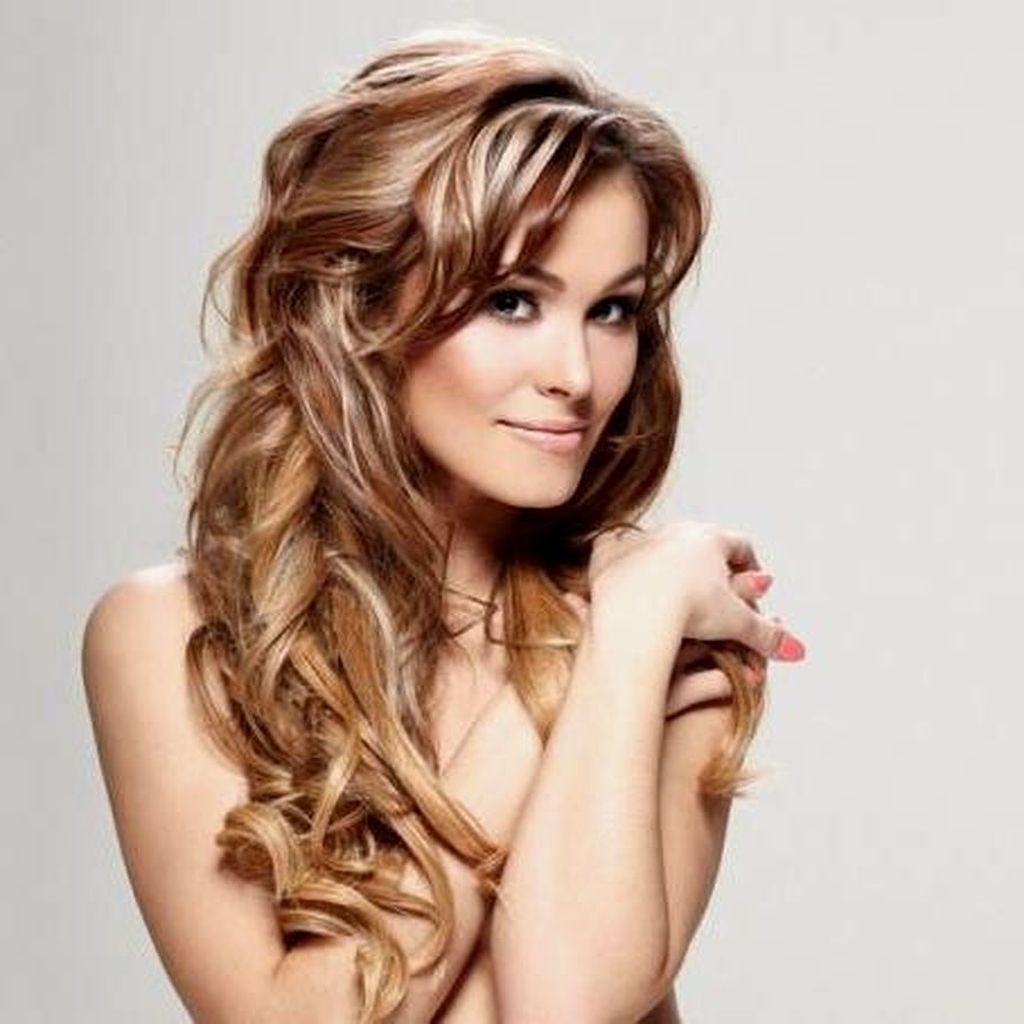
Professional hairdressers can offer a number of different types of perm that are not available for home use.
Acid perms
produce highly conditioned, flexible curls.They are ideally suited to hair that is fine, sensitive, fragile, damaged, or tinted, as they have a mildly acidic action that minimizes the risk of hair damage.
Alkaline perms
Alkaline perms give strong, firm curl results on normal and resistant hair.
Exothermic perms
Exothermic perms give bouncy, resilient curls.”Exothermic” refers to the gentle heat that is produced by the chemical reaction that occurs when the lotion is mixed.The heat allows the lotion to penetrate the hair cuticle, conditioning and strengthening the hair from inside as the lotion moulds the hair into its new shape.

Perming Techniques
Any of the above types of perm can be used with different techniques to produce a number of results.
Body perms are very soft, loose perms created by using large curlers, or sometimes rollers.The result is added volume with a hint of wave and movement rather than curls.
Root perms add lift and volume to the root area only.They give height and fullness, and are therefore ideal for short hair that tends to go flat.
Pain curl perms give soft, natural waves and curls, which are achieved by perming small sections of hair that have been pinned into pre-formed curls.

Stack perms give curl and volume to one-length hair cuts by means of different sized curlers.The hair on top of the head is left unpermed while the middle and ends have curl and movement.
Spiral perms create romantic spiral curls, an effect that is produced by winding the hair around special long curlers.The mass of curls makes long hair look much thicker.
Spot perms give support only on the area to which they are applied.For example, if the hair needs lift the perm is applied just on the crown.They can also be used on the fringe or side areas around the face.
Weave perms involve perming certain sections of hair and leaving the rest straight to give a mixture of texture and natural looking body and bounce, particularly on areas around the face such as the fringe.

RE-GROWTH PROBLEM
When a perm is growing out the areas of new growth can be permed if a barrier is created between old and new growth.The barrier can be a special cream or a plastic protector, both of which effectively prevent the perming lotion and neutralizer from touching previously permed areas.
There are also products that facilitate re-perming an entire length of hair without damaging the structure.These more complex solutions are only available from salons